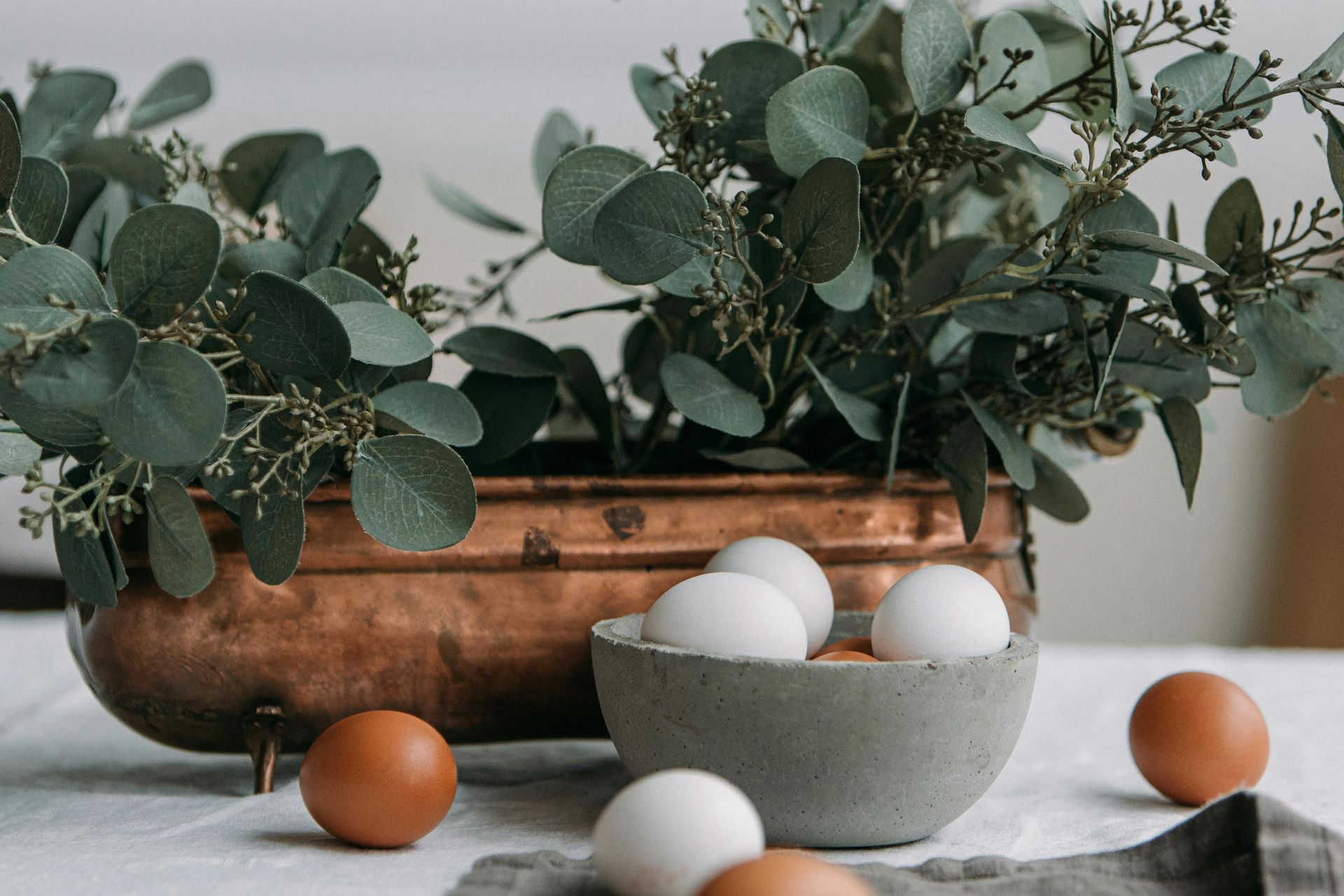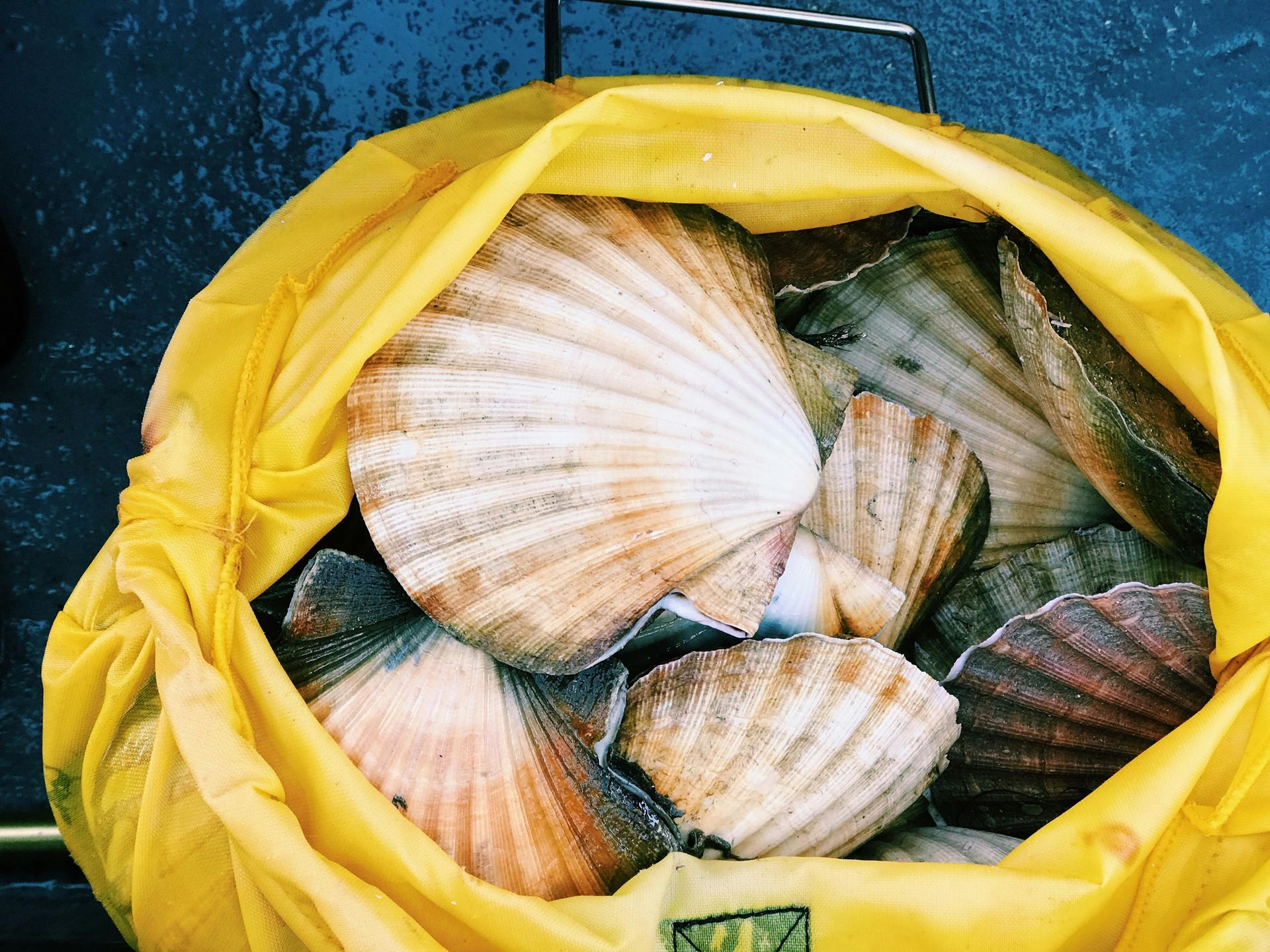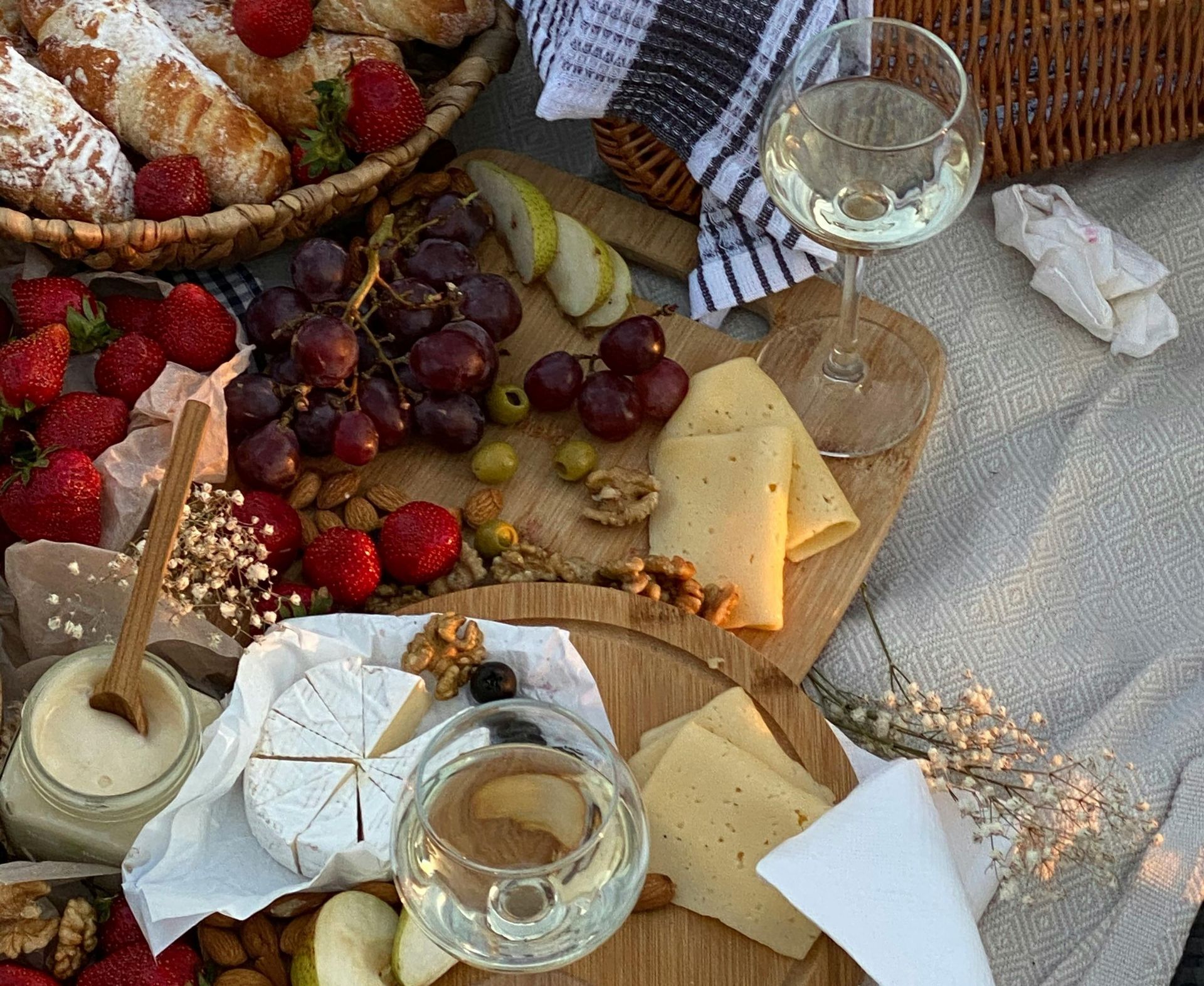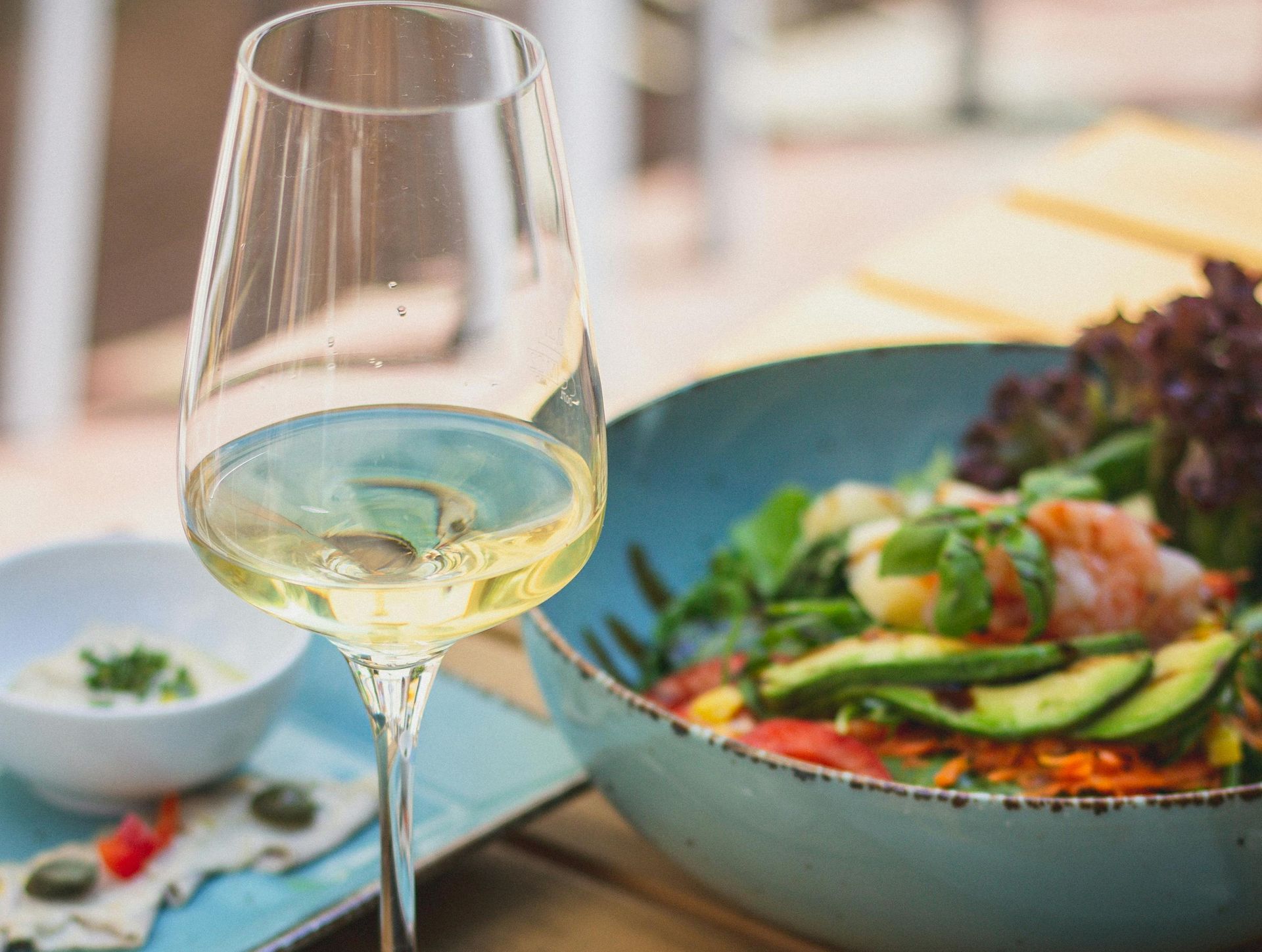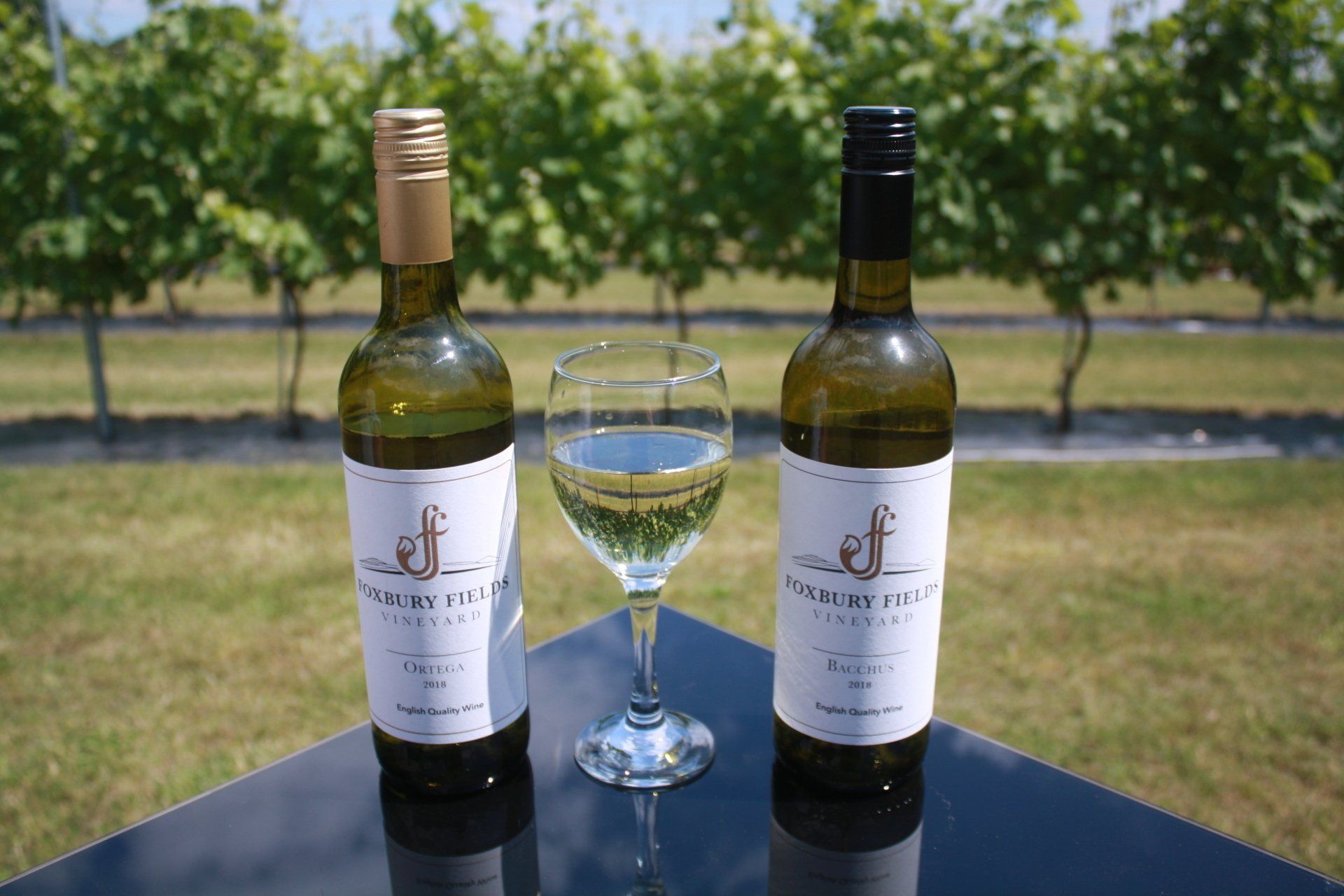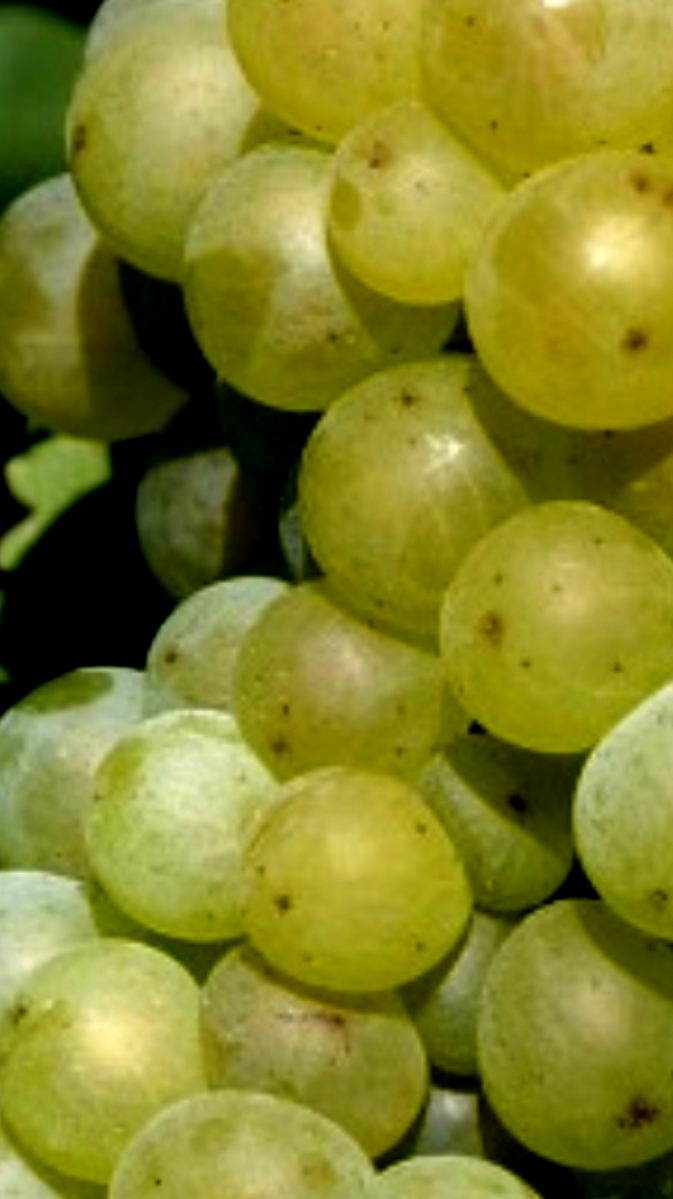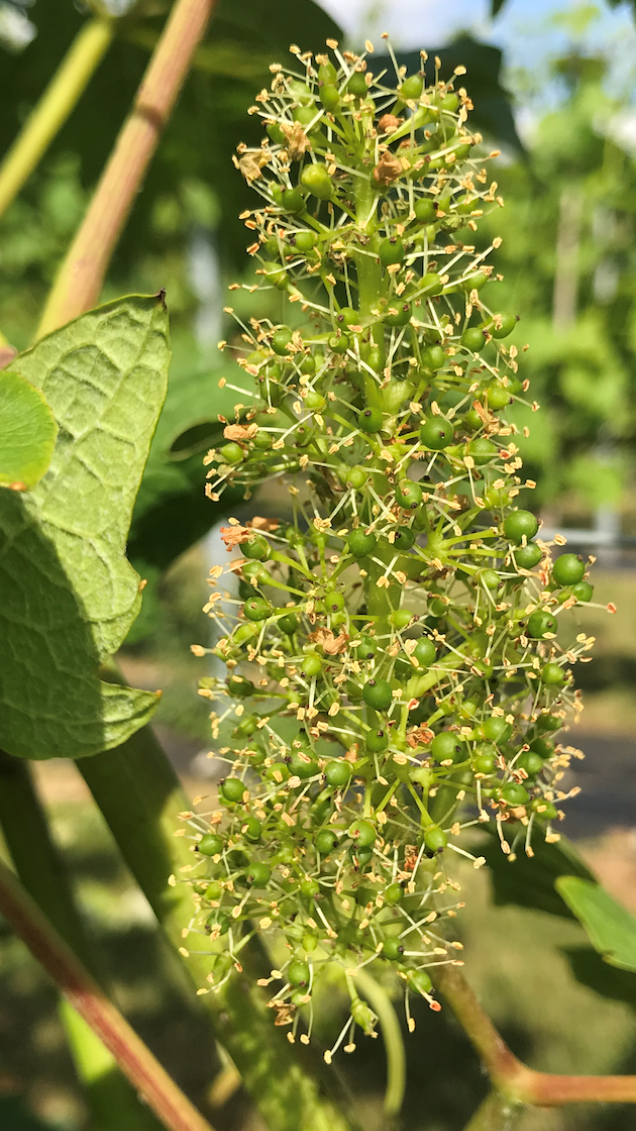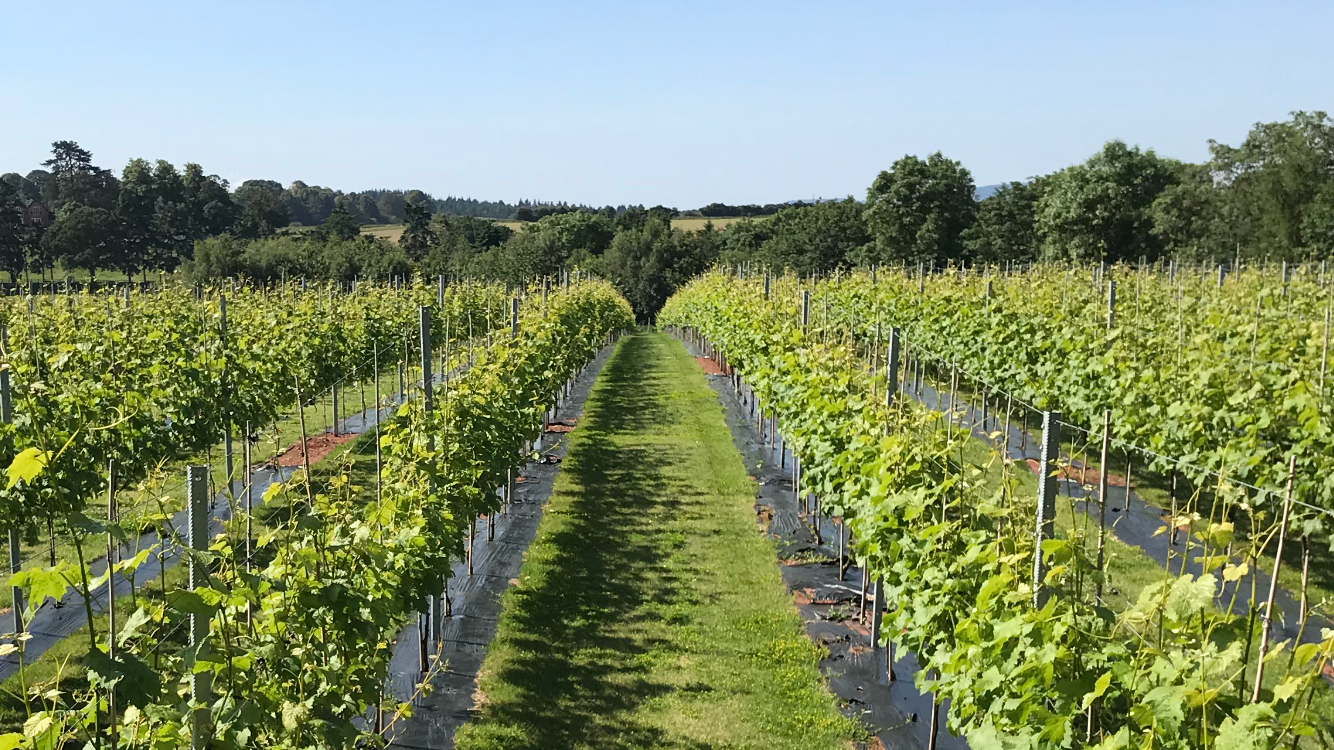Wine terms – a beginner’s guide

If you’re new to the art of wine tasting, and you’ve made a New Year’s Resolution to get into it, then you may be bewildered by the terminology.
But it needn’t be baffling, especially if you use our handy guide below. In fact, the terminology helps describe a wine, so it allows you to get to grips with what you like and what you don’t. It’ll also help you understand wine reviews and labels.
So, let’s get started…
What’s a vintage?
This is when the grapes were picked. The year they were picked in. Most bottles are marked with a single year, as most wines come from one year. But sparkling wines are generally created from several years, so are non-vintage. You can, however, see vintage sparkling wines when there’s a particularly good year.
Go for the nose first when tasting
Always start with your nose. Don’t be tempted to take a sip first. Swirl the wine around in your glass and put your nose to it. A wine’s nose is its aroma, which can be citrus, earthy, fruity, vegetal, floral or spicy.
Legs mean alcohol content
When you’re swirling your wine, look at the streaks running down the inside of the glass. These are the legs. More legs mean a higher alcohol content. The slower the legs move, the sweeter the wine.
Next, it’s the body
How a wine feels in your mouth is its body – this might be full, medium or light, depending on alcohol and sugar content.
Check out the acidity
You know how a lemon tastes? Well, this is what acidity is. The ripeness of the grapes reflects the acidity levels in a wine. Ripeness depends on the climate, so grapes grown in cooler climates may be more acidic.
Taste the tannins
Tannins, which you may have heard about in tea too, come from the grapes’ seeds and skin. They can cause some wines to leave a dry taste in your mouth.
Oakiness
This refers to wines that have been aged in oak barrels. This can affect their colour and flavour. Popular with red wines, adding a smokiness and depth of colour, barrels can also be used to give white wine a taste that’s slightly creamy with hints of vanilla.
